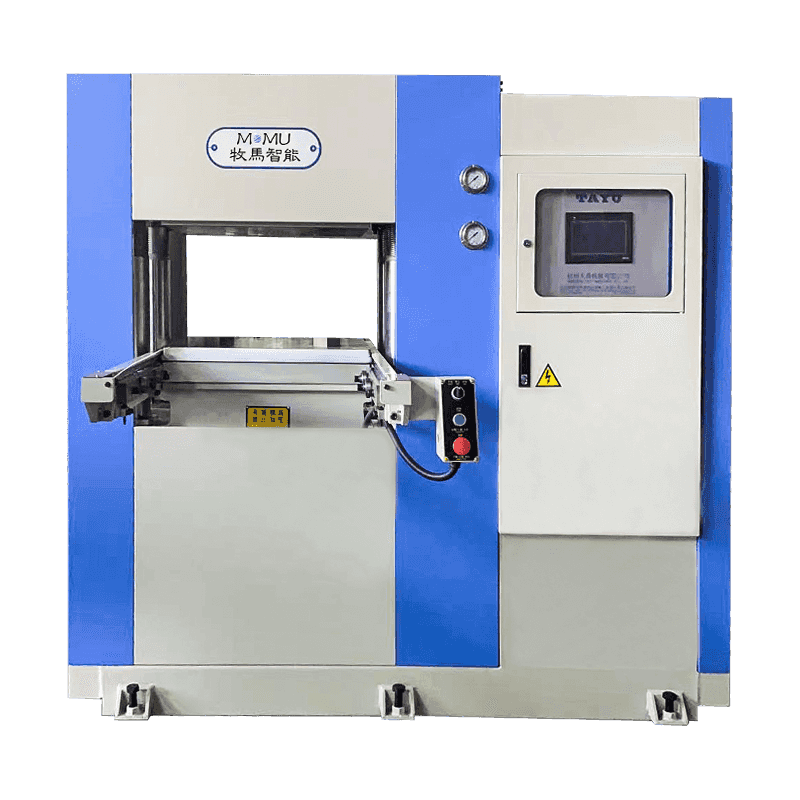Natural Rubber (NR):
Natural rubber is derived from the latex sap of rubber trees.
It offers excellent elasticity, resilience, and tear resistance.
It is commonly used in applications requiring high resilience, such as tires, conveyor belts, and seals.
Synthetic Rubber:
Synthetic rubber compounds include various types such as:
Styrene-Butadiene Rubber (SBR)
Butadiene Rubber (BR)
Nitrile Rubber (NBR)
Neoprene (Chloroprene Rubber)
Ethylene Propylene Diene Monomer (EPDM)
Silicone Rubber
Each type of synthetic rubber offers different properties such as oil resistance, heat resistance, weather resistance, and chemical resistance.
Synthetic rubbers are used in a wide range of applications, including automotive parts, seals, gaskets, and electrical insulation.
Fluoroelastomers (FKM/FPM):

Fluoroelastomers offer exceptional resistance to heat, chemicals, and oil.
They are commonly used in demanding applications such as seals and gaskets in automotive, aerospace, and chemical processing industries.
Polyurethane (PU):
Polyurethane rubber compounds offer excellent abrasion resistance, tear resistance, and load-bearing capabilities.
They are often used in applications such as rollers, seals, and bushings.
Ethylene Propylene Diene Monomer (EPDM):
EPDM rubber provides excellent weather resistance, ozone resistance, and electrical insulation properties.
It is commonly used in outdoor applications such as automotive weather seals, roofing membranes, and gaskets.
Chlorosulfonated Polyethylene (CSM):
CSM offers good weather resistance, ozone resistance, and chemical resistance.
It is commonly used in applications such as inflatable boats, pond liners, and roofing membranes.
When selecting a rubber material for compression molding, it's essential to consider the specific requirements of the application, including environmental factors, temperature range, chemical exposure, mechanical properties, and regulatory standards. Additionally, compatibility with the compression molding machine, including processing temperature and pressure, should also be taken into account.





